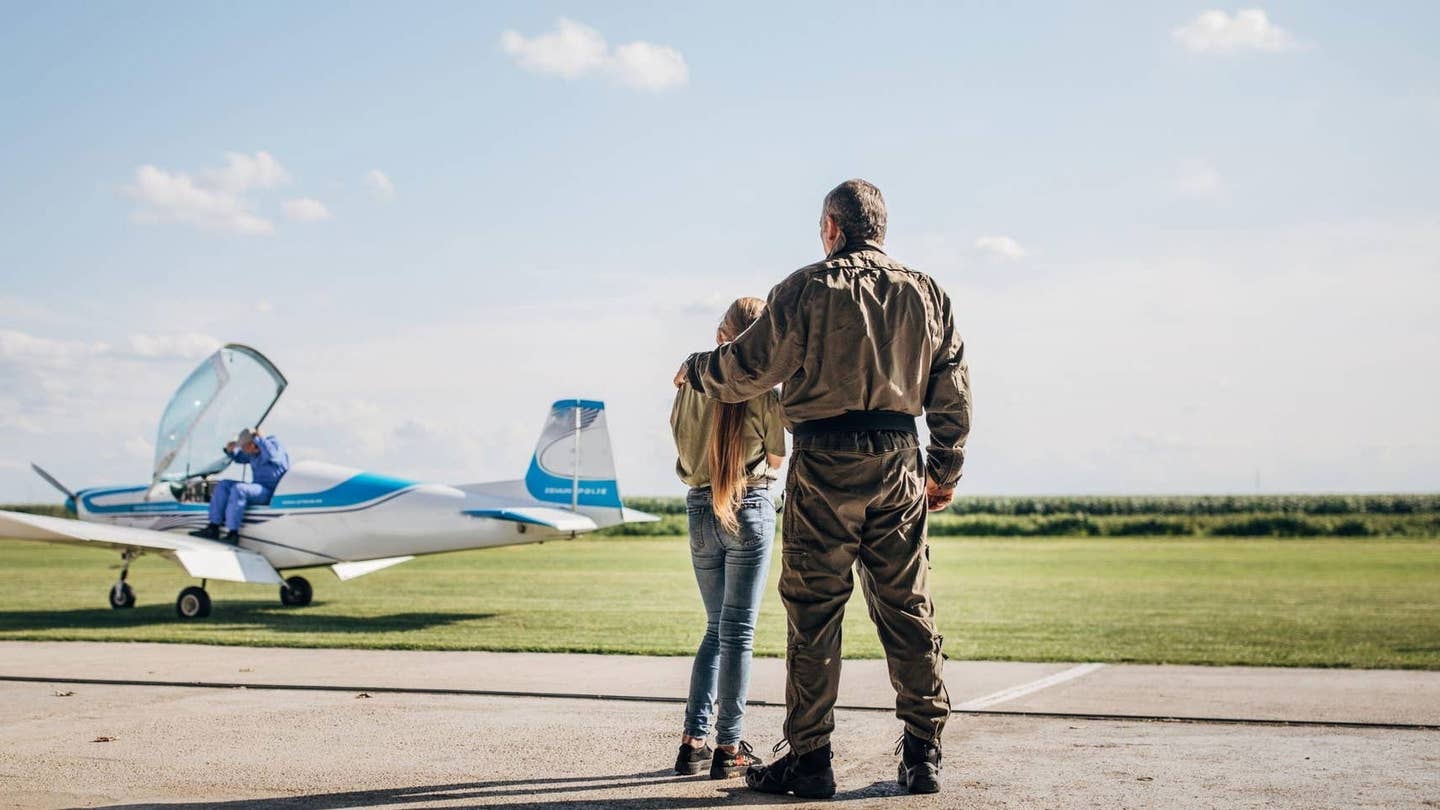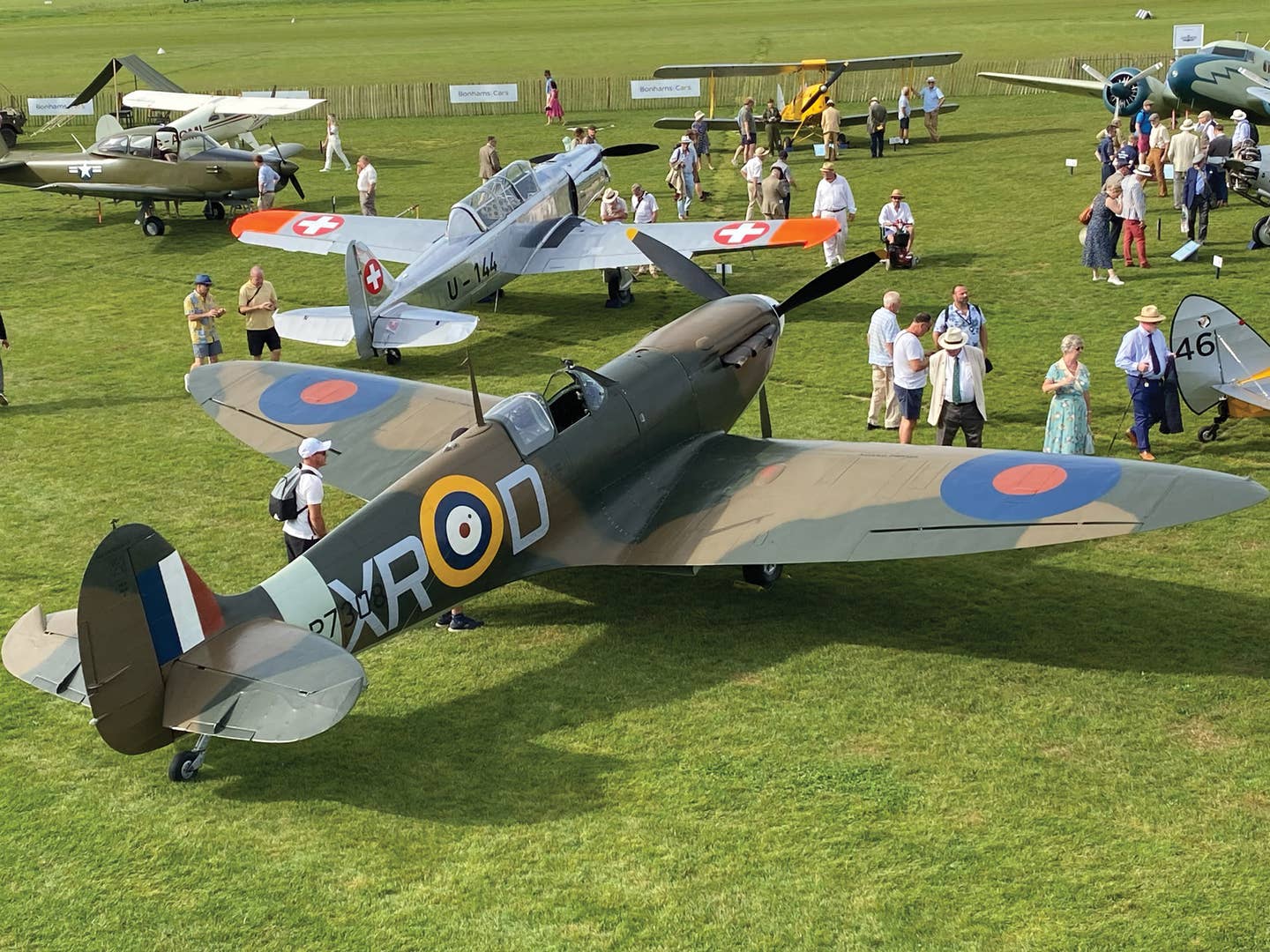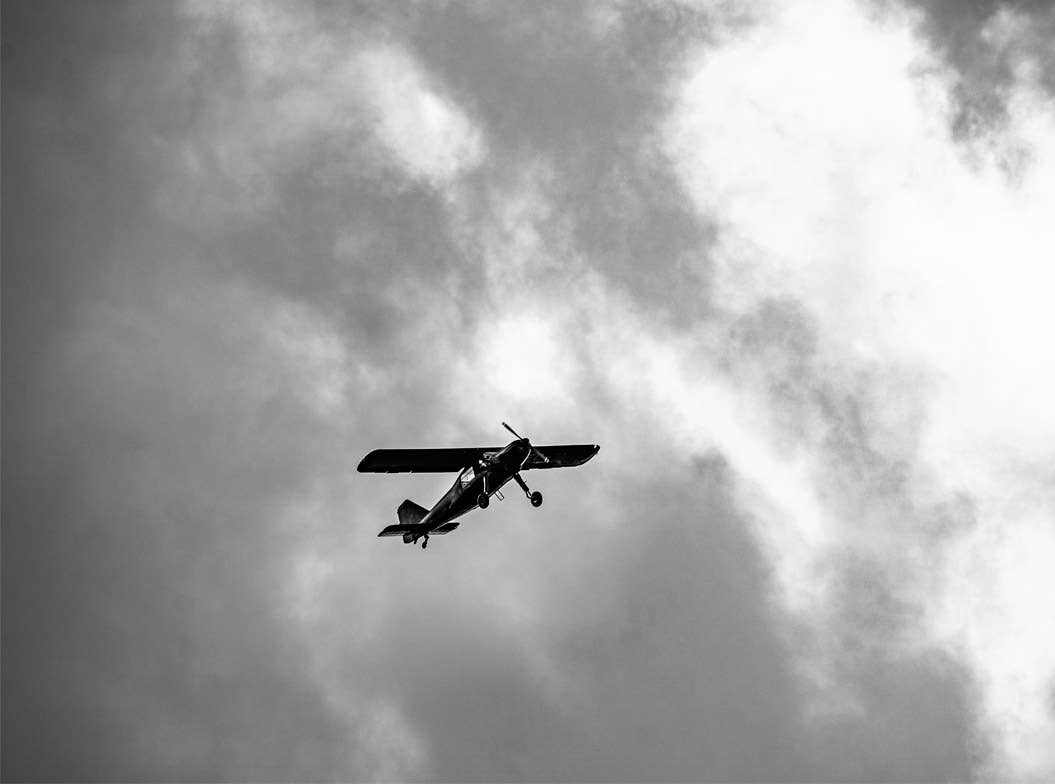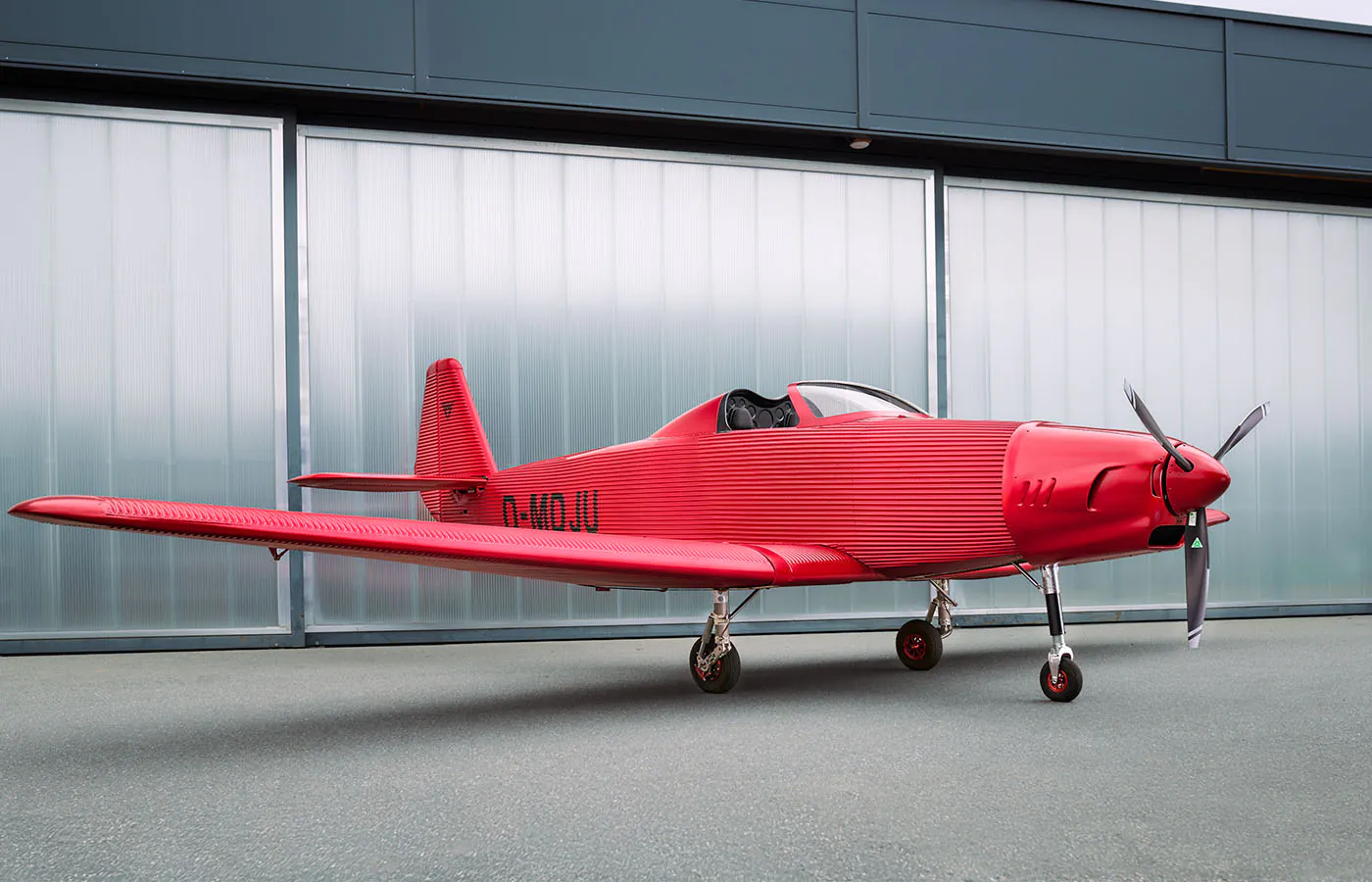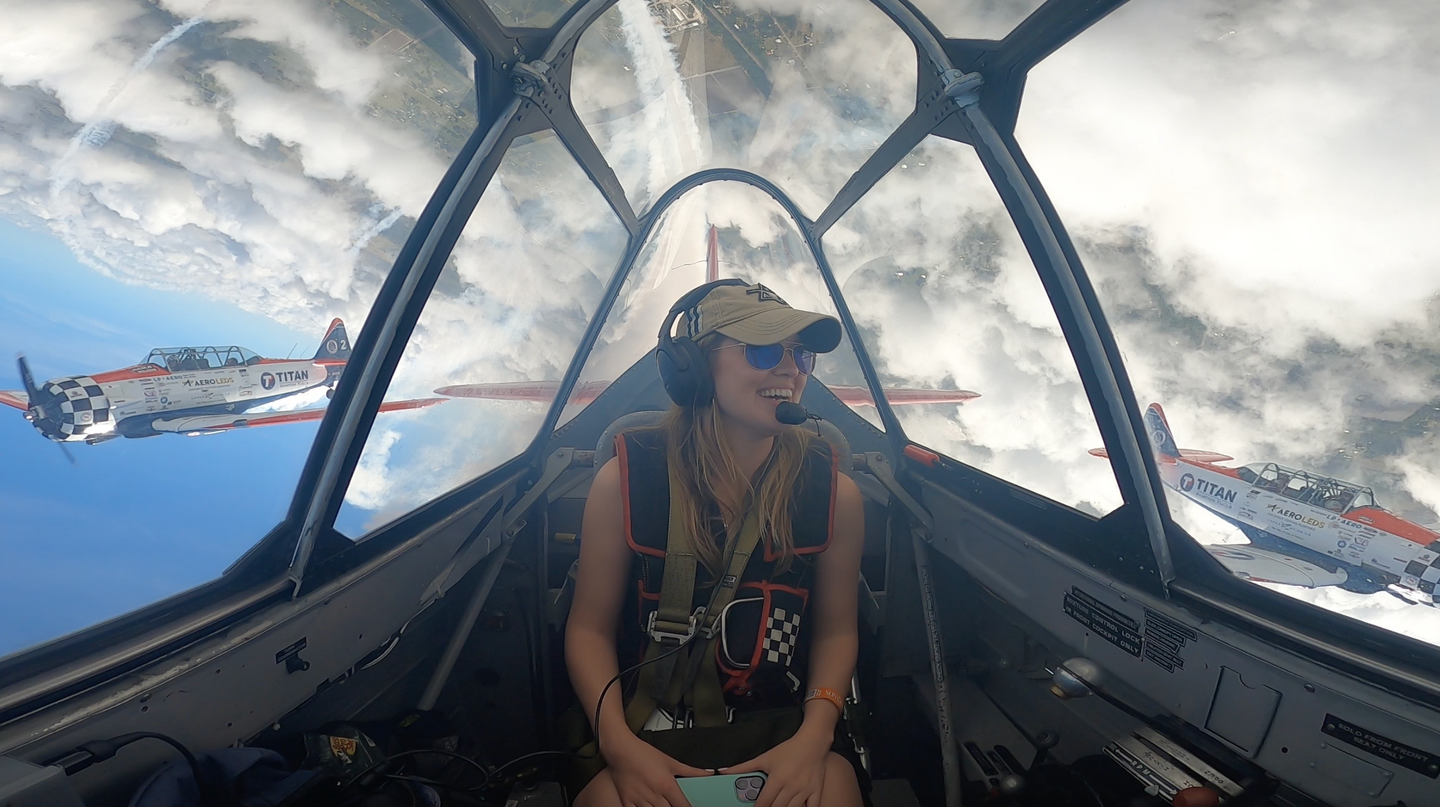Listen to Your Friends
Yet another apparent case of ‘get-there-itis’ leads to fatal crash in New Hampshire.

Photo: Adobe Stock
One of the most confounding things about a visual illusion is the fact that knowing the illusion, understanding it’s a trick, doesn’t stop us from being fooled. On September 30, 2023, a pilot who crashed in his Cessna 150 was a victim of an issue we all know, but he couldn’t see it.
At the start of September he’d flown from home, a New Hampshire residential airpark, down to T.F. Green International Airport (KPVD) in Providence, Rhode Island. There, on September 9, he completed a flight review with a flight instructor who was also a close friend. “Like brothers” is how the flight instructor described their friendship.
The CFI told the National Transportation Safety Board (NTSB) the flight review was “thorough” and commented in the endorsement that the pilot had good aeronautical decision-making skills. Over the next couple of weeks, the pilot demonstrated good decision making by not flying back up to New Hampshire, putting off the flight several times due to poor weather.
After three weeks, the timing still wasn’t ideal, but he decided to fly. Logistics meant a late afternoon start, leading to a night arrival. He met with his friend at the airport, and while it was a benign fall day in New England, with VFR weather en route, the CFI counseled against the flight. One concern was that in the evening the temperature would converge with the dew point, producing ground fog.
The pilot understood the weather concerns. He was a former aerospace engineer who loved aviation so much he moved to a residential airpark. He had logged 670 hours of flight time, but didn’t have an instrument rating. Trying to fly in instrument conditions without the equipment and training is one of piston aviation’s deadliest mistakes, and explains waiting three weeks to make the cross-country.
Additionally, the airpark’s turf runway didn’t have lights, so the into-the-night journey was planned to the nearby Laconia Municipal Airport (KLCI) in New Hampshire. It has a 5,890-foot asphalt runway big enough for business jets, with runway and approach lights. There his girlfriend would pick him up. The NTSB noted that the pilot had not logged any nighttime flying since at least 2020.
It’s 111 nm from KPVD to KLCI, due north cutting across Massachusetts. The plane was a 1970 Cessna 150K, a friendly high-wing two-seater. The flight instructor friend made another pitch for the pilot to stay the night with him and do the flight tomorrow.
An offer of “tacos and beer” for dinner wasn’t enough to have him wait. The pilot insisted on flying back to New Hampshire. He kept telling the CFI he would be OK and would stop if the weather got too bad. His friend helped the pilot with his flight clearance and reviewed how to fly through Class C airspace, since his route took him directly over Manchester-Boston Regional Airport (KMHT) in New Hampshire.
The green-and-gold Cessna departed KPVD at 6:10 p.m. EDT. It settled into a low altitude cruise at around 2,000 feet, heading mostly north. The CFI returned home, called KPVD clearance delivery to make sure it had departed OK, and settled in to monitor his friend on FlightAware.
At 6:49 p.m., the instructor texted the pilot, asking how the flight was going. In reply, he received a picture of the pilot’s iPad mounted to the control yoke, showing him on course over Massachusetts. The CFI texted, “OK, good, weather looks OK, how is the visibility?” There was no reply.
At 7:06 p.m., the instructor asked if the pilot had been cleared through Manchester’s Class C airspace. No answer. At 7:15 p.m., he texted, “Weather is IFR at LCI.” Soon after he texted, “Land at Concord before it goes IFR.” And then, “Go to Concord.” There were no replies.
Sitting at home, the friend continued monitoring the flight. The weather at KLCI improved and was showing VFR conditions. He watched the Cessna enter downwind for Runway 26 at a 45-degree angle. He saw it fly a normal downwind leg. But the 150 didn’t seem to turn base. FlightAware showed a rapid vertical descent over Lake Winnipesaukee, then no more data. He called the pilot’s girlfriend on the phone, asking her if he had landed. She said no. But she could hear sirens in the distance.
From eyewitnesses and surveillance videos, we know what had happened. It was a hazy night over the big lake next to the airport. The moon was full, but smoke from nearby wildfires was reducing visibility. The wind was calm and there were patches of fog. The pilot was seen flying in and out of low clouds.
The National Transportation Safety Board determined the plane “entered a left base-to-final turn that developed into a steep, spiral dive to right, and continued until the plane impacted the lake.” In the morning, the wreckage was found. The pilot was dead.
Radio calls had been normal. Examination of the aircraft found no preexisting issues. There were no medical conditions. The NTSB final report finds the probable cause to be “loss of control during visual flight rules flight in night instrument meteorological conditions due to spatial disorientation.”
The airport weather observation at KLCI at the time of the accident was wind calm, temperature 14 degrees Celsius (57 degrees Fahrenheit), clear skies, and visibility 5 miles in haze. Doesn’t sound so bad. But at night, over a dark lake, for a pilot with no instrument rating and no night flying for years, with some patchy clouds or fog, it was a setup for disaster.
Why not land at Concord? Why not take the tacos-and-beer offer? After the accident, the instructor learned the girlfriend had told the pilot about a “special dinner” planned for that night. The CFI told the NTSB he thought the crash was a case of “get-there-itis.”
It can be easy to dismiss a VFR pilot pressing on into bad weather just wanting to get home. We understand the pull—but it’s something we’d never fall for ourselves. That’s why what a NASA study called “plan continuation bias” is a lot like a visual illusion. The reality warping effect is beneath awareness. You can know the effect exists and still not see it when it’s right in front of you.
Researchers suggest some defenses against this mental blind spot. They encourage a precommitment to action triggers. That is, you define decision points or abort criteria before the flight—such as, “If visibility drops below 5 miles, I will divert.”
Objective tools, like checklists and written decision aids, can override emotional decision making under stress. And listen to your friends.
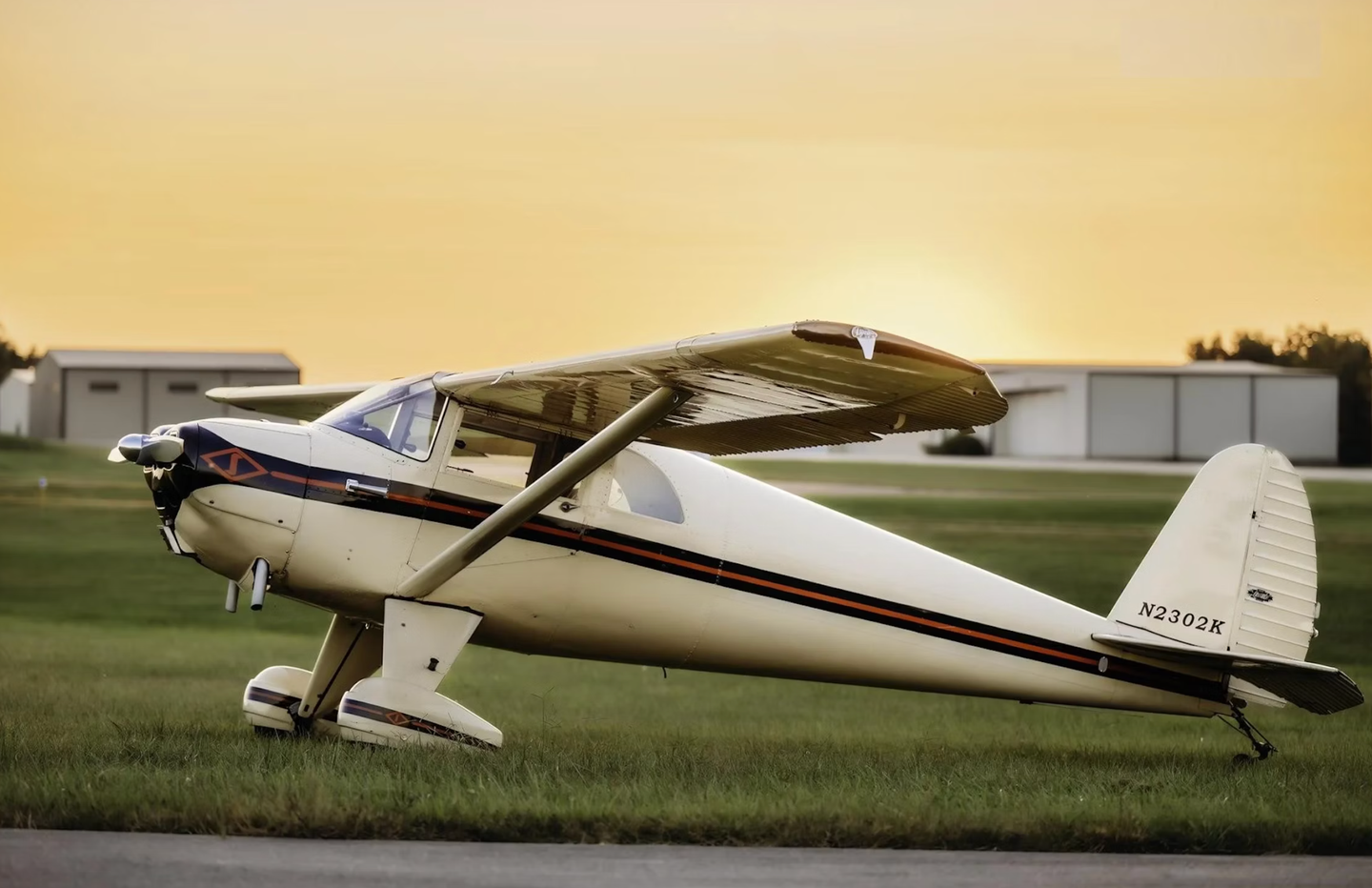
Subscribe to Our Newsletter
Get the latest Plane & Pilot Magazine stories delivered directly to your inbox

